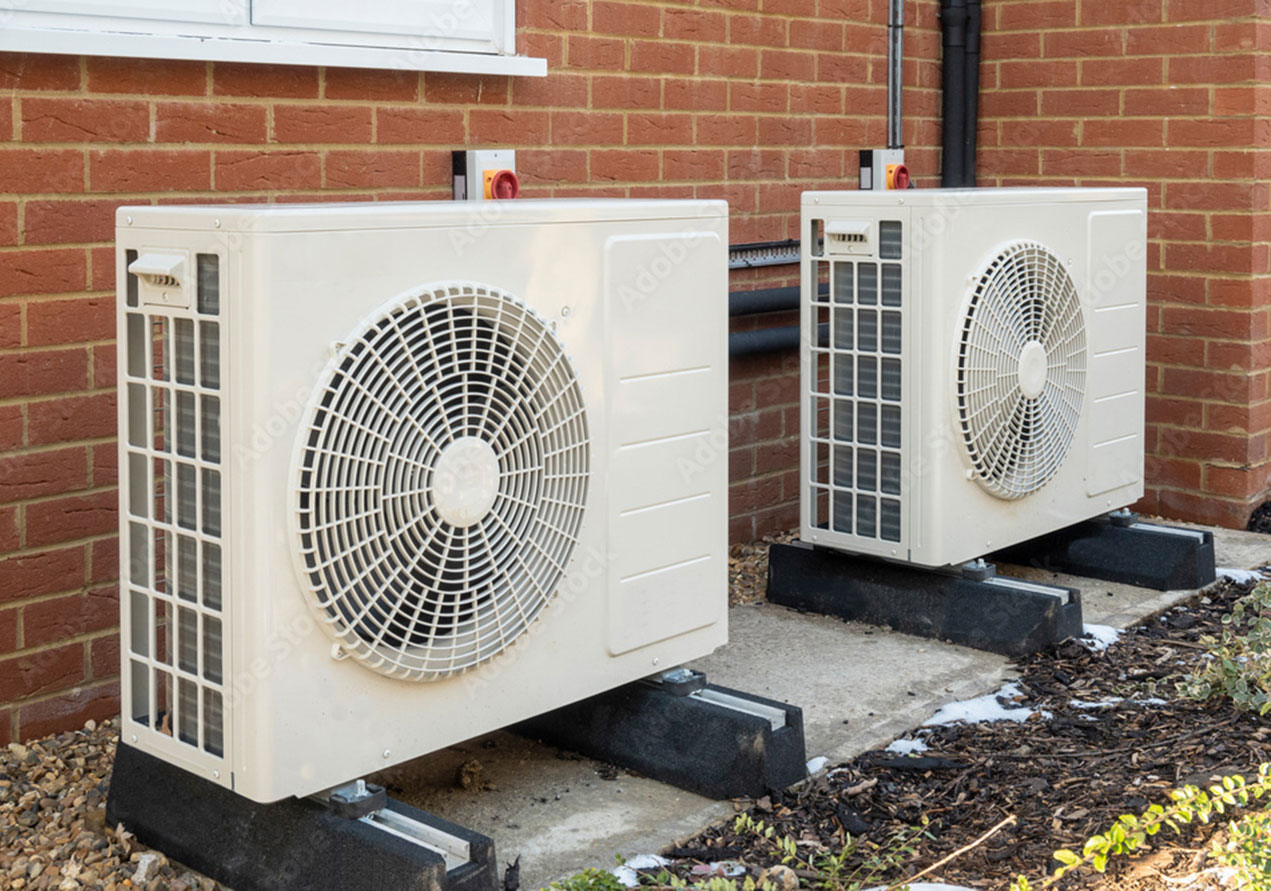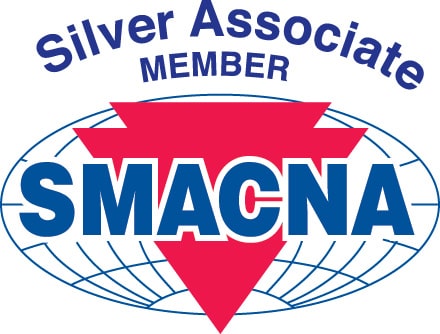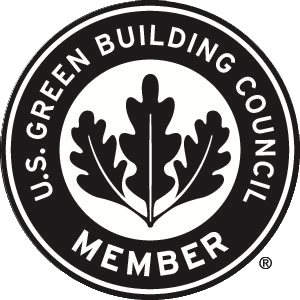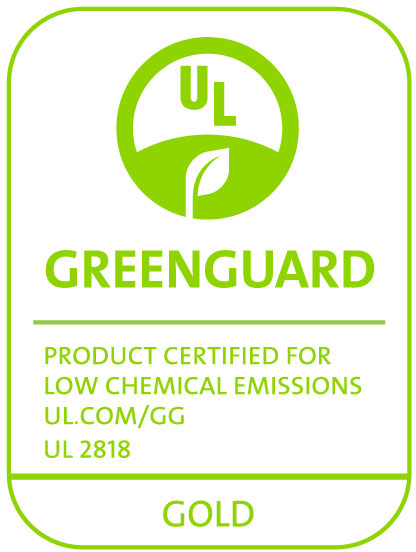What is a Line Set?
A line set is essentially a set of semi-flexible copper or aluminum tubes running from an air conditioner, heat pump or ductless mini-split unit located outdoors to the air handler in an attic. It consists of liquid (smaller) and suction (larger) tubes, wiring, and insulation.
Do Line Sets Need to be Insulated?
Insulating the suction (cold) line with closed-cell elastomeric foam pipe insulation will increase energy efficiency by preventing heat gain while protecting the tubing and wires from the elements. Direct exposure to harsh weather, UV, and birds/vermin will cause degradation to the line set components over time. Once the interior chase is exposed, vermin can access the building interior and create undesirable outcomes.
How Do You Insulate a Line Set?
Line Set insulation is available in continuous or 6-foot long tubes that can either slide on (continuous or 6-foot) or be wrapped around (6-foot pre-slit tubes) the suction line. Once applied, all insulation seams and terminations (exterior wall) should be glued with the manufacturer’s adhesive to create a vapor seal. This will prevent moisture from penetrating under the insulation and corroding the metallic tubing.
- Tip: Never apply duct tape, electrical tape or zip ties over unglued insulation seams or wrap too tightly over line set insulation. Compressing insulation reduces R-Value and can cause unwanted condensation.
Does Line Set Insulation Need to be Protected?
Closed-cell elastomeric insulation, also known as cellular foam, is UV-resistant but not UV-proof. The application of a protective coating or jacketing is recommended to protect line set insulation from UV degradation and mechanical on outdoor applications.
If mechanical damage to the line set insulation is a concern, a protective jacket should be applied.
It’s understandable that most building owners prefer not to incur the ongoing expense to maintain their cellular foam insulation with 2 coats of the insulation manufacturer’s UV-protective coating every 3-5 years.
National Energy Codes Require Protection
Did you know that major U.S. national and state energy codes mandate solar radiation protection of all insulation, including cellular foam, for exterior applications?
ASHRAE 90.1-2019 6.3.2.l
“Insulation exposed to weather shall be suitable for outdoor service, e.g., protected by aluminum, sheet metal, painted canvas, or plastic cover. Cellular foam insulation shall be protected as above or painted with a coating that is water retardant and provides shielding from solar radiation.”
IECC-2021 C403.12.3.1 Protection of piping insulation (Mandatory)
“Piping insulation exposed to the weather shall be protected from damage, including that caused by sunlight, moisture, equipment maintenance and wind, and shall provide shielding from solar radiation that can cause degradation of the material. Adhesive tape shall not be permitted.”
California Title 24 – 2019 4.4.1.2.F.2
“Cellular foam insulation shall be protected as above or painted with a coating that is water retardant and provides shielding from solar radiation that can cause degradation of the material.”
Note that adhesive tapes do not meet these codes. Only line set insulation coatings and jackets comply.
Aeroflex USA’s Aeroflex® brand of EPDM closed cell elastomeric line set insulation is inherently UV-resistant. While additional UV protection is not required, it is recommended to maximize the insulation’s life cycle.
Aerocoat® Insulation Coating is specially formulated to protect Aeroflex® EPDM line set insulation for exterior applications and meets national and state mandatory energy code requirements.
Protape® EPDM Insulation Tape provides a zero-perm additional layer of protection over glued seams and termination points.
Line set insulation plays a critical role in providing energy efficiency while protecting a building owner’s investment with their HVAC and refrigeration system.












